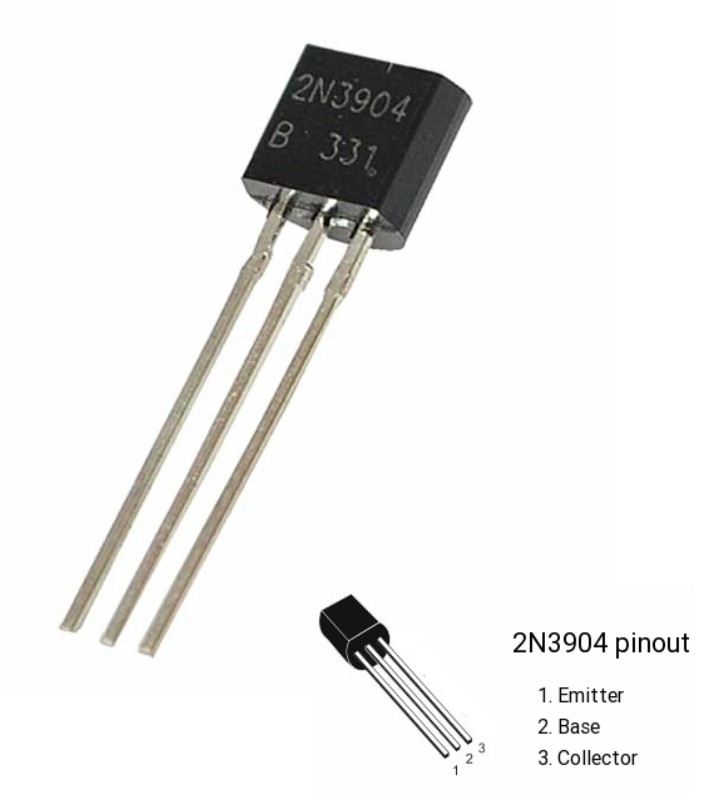
V BE = ~ +/-.7V When turned on, the voltage from base to emitter is about +.7V for NPN and -.7V for PNP.
#Transistor plus#
I E = I B + I C Emitter current is equal to base current plus collector current. The current that is induced to flow from emitter to collector is propotional to the current flowing out of the base, and the constant of proportionality is β. Current flowing out of the base from the emitter causes current to flow out of the collector from the emitter. That current flows to the base from the emitter through the diode represented by the arrow and a voltage of about. To turn on a PNP, pull current out of the base. Current will then stop flowing from collector to emitter, or said another way, the conductive path from collector to emitter shuts off.Īs I said above, PNPs are just like NPNs, except the current flows in opposite directions. To turn off an NPN BJT, just stop putting current into the base. This is called V CE,SAT (Collector-Emitter saturation voltage). 3V from collector to emitter for an NPN, and from emitter to collector for a PNP. There is no particular voltage relationship there, except that there is a minimum voltage, which is typically. One other important aspect of BJTs is the voltage between collector and emitter. So, total current flowing out the emitter is Ib + Ic. This current allowed to flow into the collector, Ic, is proportional to the current flowing into the base, Ib, and the constant of proportionality is called beta (β) and is one of the key specifications of a BJT. Current flowing into the base also causes current to flow into the collector and out the emitter (current into the base “turns on” the transistor). 7V, so current flowing from base to emitter creates a voltage of. The forward voltage of the base to emitter diode is usually about. This current flows through the base, through the diode represented by the arrow, and out the emitter. To turn on an NPN BJT, one needs to put some current into the base. It is easiest to think of BJTs as current controlled devices and to think of that arrow in the symbol as a diode. A PNP is the same, but with the directions of current at each terminal reversed. To explain how a BJT works, I am going to start with an NPN. The collector and emitter form the main conductive path, and the base controls that path.

The terminals of BJTs are called Base (b), Collector (c), and Emitter (e).Į = Emitter BJT Symbols BJT Transistor Symbols The ‘P’s and ‘N’s refer to the silicon doping agent used in the fabrication of the transistor, and the salient difference difference to remember is that they have opposite polarity, meaning that current flows in and out the terminals in opposite directions. There are two types of BJTs: PNP and NPN. Transistors are 3-terminal devices, two of these terminals are for the main conductive path through the device, and the 3rd terminal is for controlling that path. They both can amplify signals and switch signals on and off, but the way you control them and their behavior is quite different. These two types of transistors are quite different from each other.

There are two main types of transistors: bipolar junction transistors (BJT), and field effect transistors (FET). Transistors are semiconductor devices that are used to amplify or switch on and off electric signals. During the course of the adventure, you will piece together the Transistor's mysteries as you pursue its former owners.Electrical Engineering educational website Transistor seamlessly integrates thoughtful strategic planning into a fast-paced action experience, melding responsive gameplay and rich atmospheric storytelling. From the creators of Bastion, Transistor is a sci-fi themed action RPG that invites you to wield an extraordinary weapon of unknown origin as you fight through a stunning futuristic city.


 0 kommentar(er)
0 kommentar(er)
